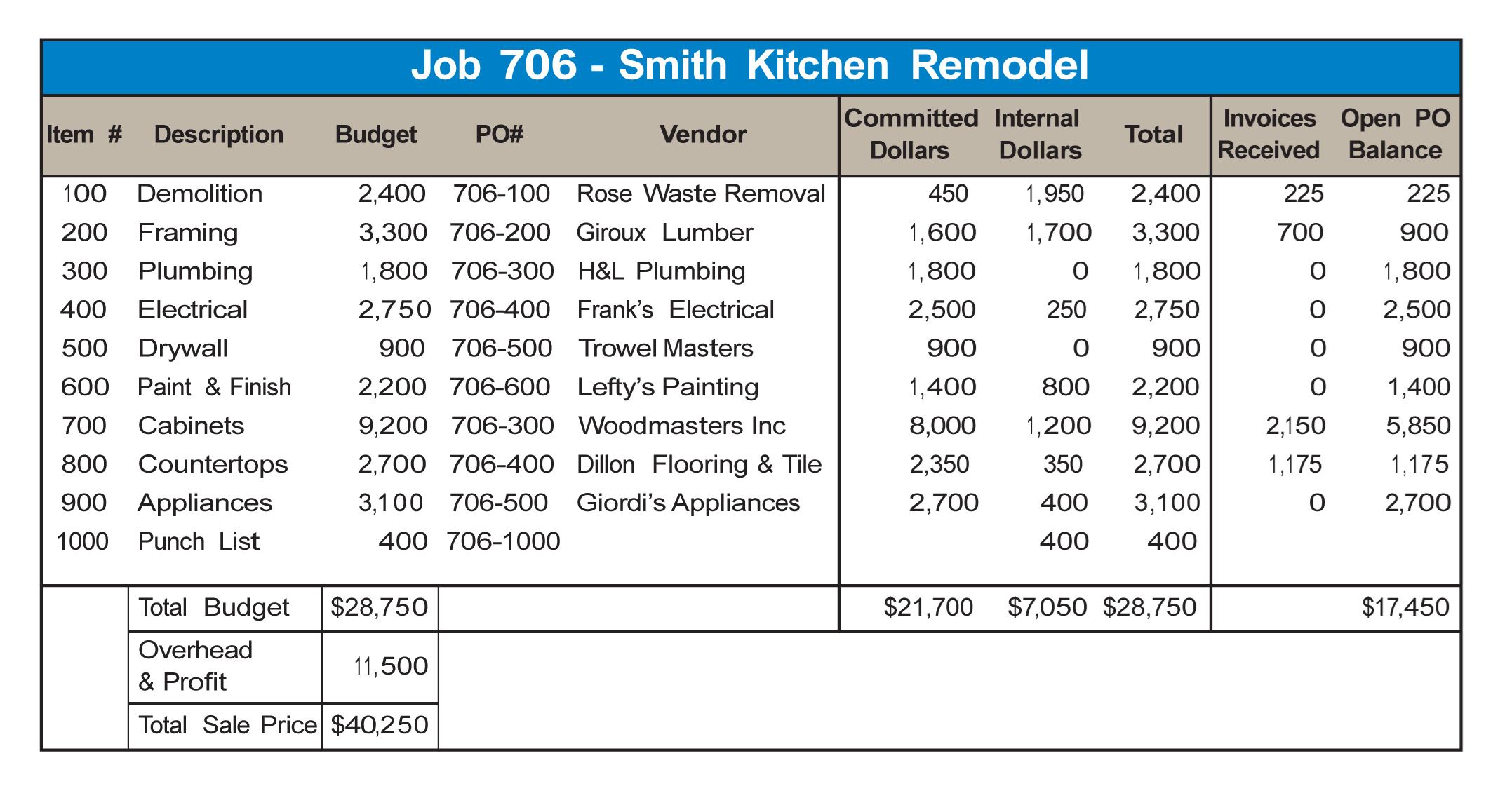The Role of Cloud-Based Purchase Order Software
Cloud-based purchase order software, also known as PO software, is designed to digitise and automate the entire procurement process. By moving procurement activities to the cloud, businesses can access their PO system from anywhere with an internet connection. This accessibility allows for seamless collaboration between team members and suppliers, regardless of location.
Benefits of Cloud-Based Purchase Order Software
Implementing cloud-based purchase order software offers a range of benefits for businesses:
- Efficiency: Automating the procurement process reduces manual tasks, such as creating purchase orders and processing invoices, resulting in increased efficiency and productivity.
- Accuracy: Digital systems minimise errors associated with manual data entry, ensuring that orders are processed accurately and on time.
- Visibility: Cloud-based platforms provide real-time visibility into procurement activities, allowing businesses to track orders, monitor spending, and identify opportunities for cost savings.
- Cost Savings: By streamlining processes and reducing administrative overhead, cloud-based purchase order software helps businesses save time and money.
- Scalability: Cloud-based solutions are scalable, allowing businesses to easily adapt to changes in demand and expand their supplier networks as they grow.
Features of Cloud-Based Purchase Order Software
Cloud-based purchase order software typically includes a range of features to support procurement processes:
- Automated Order Creation: Automatically generate purchase orders based on predefined templates and approval workflows.
- Supplier Management: Maintain a centralised database of suppliers, track vendor performance, and manage contracts and pricing agreements.
- Inventory Tracking: Monitor inventory levels in real-time, track stock movements, and generate reports to optimise inventory management.
- Reporting and Analytics: Generate custom reports and dashboards to gain insights into spending patterns, vendor performance, and procurement KPIs.
- Integration Capabilities: Seamlessly integrate with other business systems, such as ERP and accounting software, for data synchronisation and workflow automation.
Implementing Cloud-Based Purchase Order Software
Implementing cloud-based purchase order software requires careful planning and execution:
- Needs Assessment: Evaluate your organisation’s procurement requirements and objectives to select the most suitable cloud-based solution.
- Vendor Selection: Choose a reputable vendor with a proven track record and robust customer support to ensure a smooth implementation process.
- User Training: Provide comprehensive training to users to ensure they are proficient in using the new software and maximise its capabilities.
- Change Management: Implement change management strategies to address resistance to change and ensure buy-in from stakeholders at all levels.
- Continuous Improvement: Regularly evaluate performance metrics and solicit feedback from users to identify areas for improvement and optimise procurement processes.
Conclusion
Automating your procurement process with cloud-based purchase order software offers numerous benefits for businesses looking to improve efficiency, accuracy, and visibility in their procurement activities. By leveraging cloud-based technology and implementing best practices in implementation, organisations can transform their procurement process and gain a competitive edge in the digital landscape.

